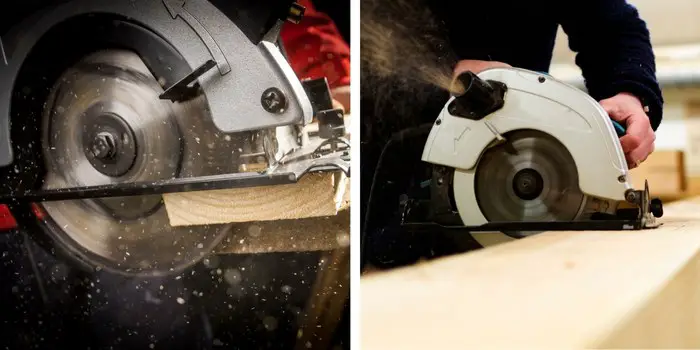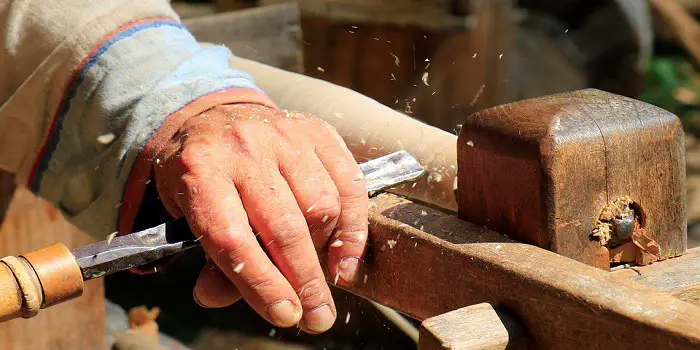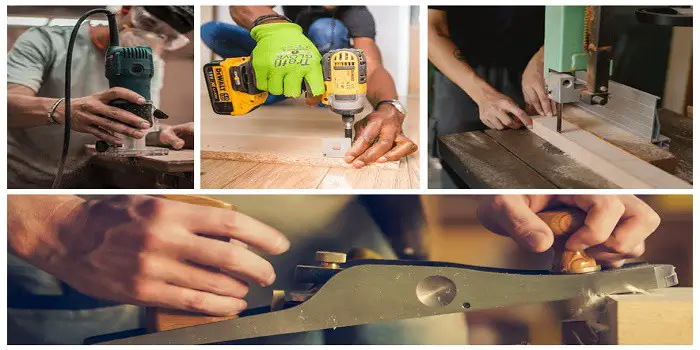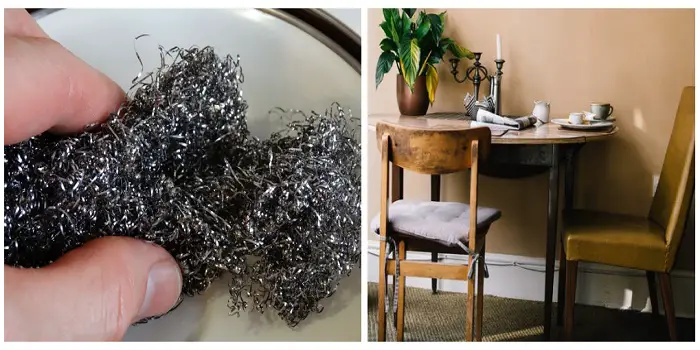
For those who are just starting as a woodworker, finding the right tools can be quite challenging.
Whether you are an amateur looking to create a hobby or a professional stepping up their business output, getting what you need can be quite confusing. That is certainly the case with saws.
With so many on the market and each of them performing tasks that share commonalities with others, finding the right one for your needs can be confusing, to say the least.
A circular saw is one versatile and important tool for woodworkers that can’t be ignored.
The main reason to choose a circular saw over other electric saws is its mobility. If you are going from place to place, then a circular saw is the best choice.
With that being said, there are various different types of circular saws available on the market which you should know about before you plan to purchase one.
What follows are the most common types of circular saws that will help you understand the basic differences between them and help you choose one that is best suited for your project.
What is a Circular Saw?
As the name suggests, this is a powerful tool that uses a flat, circular blade that cuts wood at high rates of speed.
Unlike table saws, a circular saw is a handheld tool that you push through the wood instead of feeding the wood into the blade.
Because of their portability, a circular saw is commonly found on job sites.
However, they are not as commonly found in workshops compared to the table saw.
After all, if you do not have to take it anywhere, then the table saw makes a lot more sense. This is why the circular saw is a common sight when seeing construction taking place.
Different Types of Circular Saw
What follows are all the major types of circular saws that are currently available. For those who are considering a circular saw, this will help you choose the one for your woodworking or metal-working needs.
1- Corded Circular Saw
Admittedly, this isn’t really a type of circular saw, but it is an important consideration given the number of battery-powered saws on the market.
The reason why it is here is that the corded versions of circular saws deliver considerably more power over a longer period.
If you are looking for brute force, then you should limit your search to corded circular saws.
2- Cordless Circular Saw
While the cordless circular saw cannot match the corded ones for their overall power, they are considerably more mobile.
This allows you to use them in places where an electrical outlet is not handy. Because you can move it where it is needed.
It is advisable that if you are on a job site that is away from power sources you carry an extra charged battery or two.
3- Abrasive Circular Saw
This is the type of circular saw designed to cut through hard metals. It does not have teeth as with a typical saw. Instead, it uses friction discs that are made from a composite material.
Because the friction generated by cutting into hard metals is considerable, the edges of the discs are often made from carbon nitrate or even diamonds to maintain their sharpness.
The saw itself looks different compared to a typical circular saw. You may see versions that act like a table saw, while others are more akin to a hand-held saw.
4- Cold Circular Saw
The large diameter of the blade combined with its relatively slow motion makes this saw perfect for cutting metal with considerable accuracy.
Because the blade moves slowly, it is easier for hardened metals to be cut down to manageable sizes. The saw also has narrow slots so that you can further shape the piece when working.
5- Compact Circular Saw
Sometimes called mini-circular saws, these are most often used for smaller jobs on-site. In other words, you can easily move them to where they are needed.
A popular choice with carpenters, the compact circular saw is perfect for most smaller cutting jobs.
6- Cordwood Circular Saw
You’ll find cordwood circular saws most often used in sawmills thanks to their size.
Used to cut large logs, slabs, and timbers, this saw is perfect for turning large pieces of wood into smaller pieces of firewood.
A typical cordwood circular saw includes a blade that is up to 30” in diameter, a mandrel, a cradle, and a hard frame.
Smaller versions were often used in rural locations to cut firewood, but they have been mostly replaced by chainsaws thanks to their ease of use and portability.
7- Hypoid Circular Saw
Appearing similar to a worm drive since the motor is in the back. However, the transmission system is considerably different. It is why the Hypoid does not need to have oil added on a regular basis.
With the gear placed at a 90-degree angle, this type of circular saw produces more torque and sheer power through the blade.
If you need large tasks to be performed, this is the type of circular saw that can do the job.
8- Sidewinder Circular Saw
You may hear this type called an in-line circular saw. It gets its name from the fact that the motor is mounted on the side.
This allows the circular saw to be more compact in nature. You’ll often find carpenters using this type of saw, especially on the east coast of the US.
Light and portable, this type of circular saw will need a stable platform. But one advantage is that the blade moves at speeds up to 6000 RPM.
That makes this one of the more powerful circular saws available in terms of portable models.
9- Worm Drive Circular Saw
What makes this type of circular saw different is that the motor is placed in the back. This results in a longer, thinner blade compared to most other versions of the circular saw.
The worm drive is perfect for handling robust jobs thanks to its considerable strength and longer teeth that make cutting easier.
A worm drive circular saw does require more maintenance and will need oil added regularly, but the benefit is its durability.
To better access the controls, the gears are all placed at a 90-degree angle. This means for cutting wide boards and making plunge cuts, the worm drive circular saw is one of the best.
Final Thoughts
The circular saw is known for its versatility and ease of use. There are also several types available which means you can choose one that best fits your needs.
You will need to identify the features that are the closest to what you want to accomplish.
Therefore, identifying the different types of circular saws available becomes paramount to choosing the right one.

Hi, I am Mark Garner a professional carpenter, woodworker, and DIY painter. I live in the small city of Peoria, Arizona as a semi-retired woodworker. I have started this blog with a simple motive to help you with my wood experience in this sector. If you like to know more about what I love doing and how it all got started, you can check more about me here.




